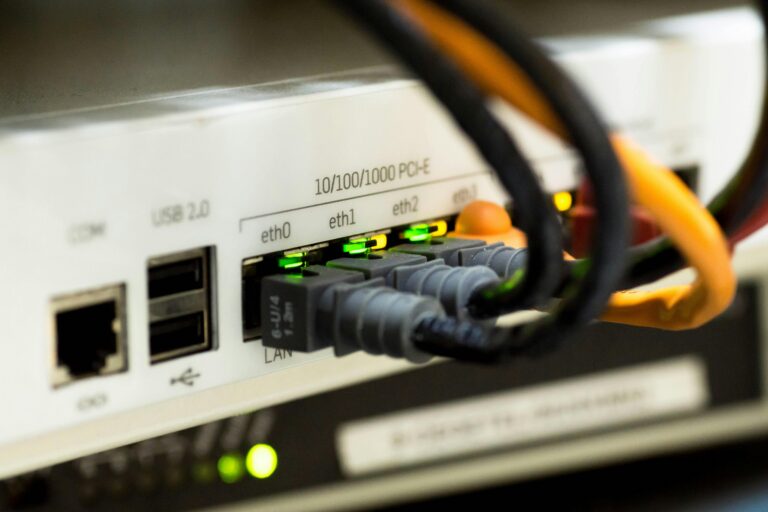Local Area Networks (LAN)

Introduction
This series of articles is not intended to give you a college level course on TCP/IP. Instead, I’ll try to give you a general knowledge about how a local network works and a few ideas to troubleshoot problems that may arise. Here’s part 1.
Type of Connection
You want your computers to talk to each other, to your printers and to the internet. To accomplish that, you need as network connecting all these parts. A wired network is connected using ethernet cables but networks can also be wireless, where the connection is through radio waves. Connection speed is affected by the network type. Wireless networks are often impacted by interference from neighboring networks and metal walls in the building. In general, a wired network is more reliable and faster than a wireless network.
Router
The router is the connection manager for both local and internet communication. An IP address is like a special code for computers. Imagine it as a house address – just like houses have unique numbers, computers have unique IP addresses. When you want to send a message or share a file with another computer, you use its IP address. Multiple routers or switches can cause trouble if not wired correctly. In computer networks, a loop happens when there are multiple paths for information to travel between two points (like two switches or routers). This can cause the entire network to stop working.
Switch
A switch is a network extender that allows you to add more devices when using a wired network. It’s like a splitter that lets you extend the number of devices. Switches can be daisy chained to extend the network further, but beware of loops! Large numbers of network wires can make it hard to diagnose wiring problems later, so best practice is to label ethernet cable ends with the name of the device on the other end of it. Your future self will thank you!
Connection Speed
The connection speed for a device is the speed data can be sent to the first switch or router it comes to. The ultimate speed of communication between any two devices on the network is the lowest speed for all of the connected devices along the way. Network cables can also reduce connection speed if they are old or damaged. Cables should always be CAT 5e or CAT 6 for best results.
Conclusion
If you have any questions, or need help troubleshooting your network, please reply to this post and I’ll get back to you ASAP.
Have a profitable day!

